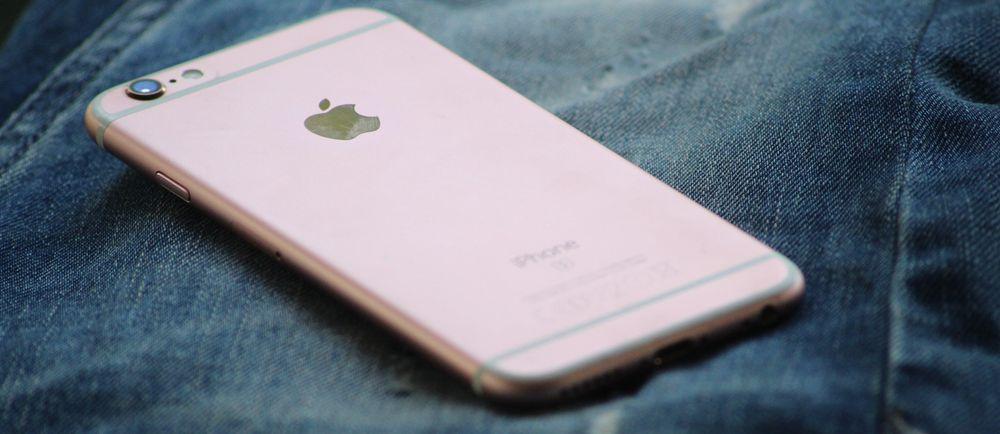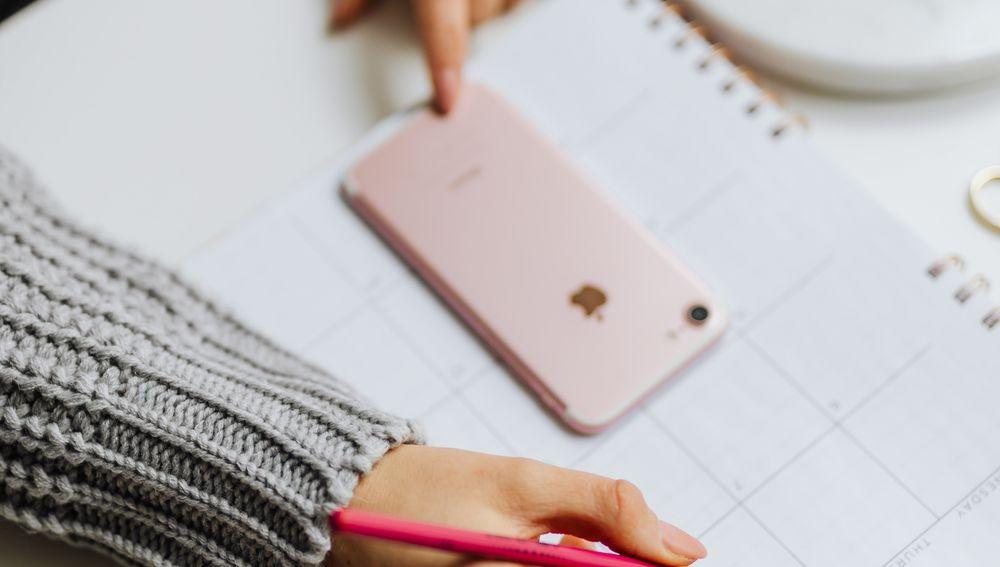Now that iPhone sales have begun to falter and that Apple sees that the market is beginning to lose a little interest in its device, the apple company resorts to a card it had up its sleeve. And it is nothing other than attacking the sale of second-hand terminals.
When you see the wolf’s ears, it begins to be necessary to make drastic decisions. Apple has been selling the iPhone in its different versions for years and years, but it is now when it comes out with the publication of a document where they talk about what it means to buy a second-hand model. And although it may seem like it has good intentions, reading it sets off all the alarms for us and makes Apple’s message clear to us: be careful about buying second-hand.
What to do according to Apple
It is more than likely that you have already bought a second-hand Apple mobile on some occasion. Or maybe you have sold one, because if you are one of those who update it every year, it is obvious that you have to do something with the ones that are becoming obsolete. Well, in both cases, the guide that Apple has published, if it creates a trend, could cause the buying and selling of an iPhone to become a really tiresome process.

Because the company recommends doing a series of things before paying for the mobile. First: remove the casing and any accessories to see that it is in perfect condition or that there is nothing strange about it. Second: check that it does not have any visible scratches or damage. And third: look at the connector to make sure it is free of dirt or damage. At the same time, it also asks users to turn on the mobile phone, for which they have not yet paid, and check if it starts. Not only that, but they tell you to plug it in and see if the battery charges. And in the manual it is included in a forceful way saying “if the iPhone does not charge, do not buy it.”
Other checks
If you want to follow the brand’s instructions, you will have to reserve an entire afternoon that you will spend calmly with the seller to get to try everything Apple tells you to do. If it’s in a store, be prepared for the clerk to look at you with hatred thinking about how much time you’re wasting. If it’s a refurbished one from Amazon, we don’t know how you’re going to do it. In any case, read on, because Apple tells you what else you need to do. The next thing is to check that Activation Lock is not turned on, because you would have problems using the mobile.
Now, if the iPhone has already been turned on, you have to make sure that there are no parts of the terminal that have been replaced. Seriously, that’s what Apple says in the guide. To do this you will have to enter Settings, then General and finally Information. There you will find any notice about whether any of the parts are not official Apple. And the company already puts the fear in your body “if a part was not from Apple, the mobile phone might not work properly.”

Next, it’s time to check that the battery is in good condition. They say “Check that the battery is at its maximum capacity.” But Apple, there’s a trick to that! Everyone knows that it is almost impossible to maintain the health of an iPhone’s battery at 100% in the long term. As they report in the second-hand guide, it seems that if it is not at its maximum capacity it must be something that makes you reject it.
The document is endless and does not stop there. There are recommendations to check everything you can think of, from the WiFi connection to the microphone, speakers, camera, buttons… On the contrary, they do not put much emphasis on making sure that the seller has a good reputation, that it is a legal store or anything else. If we had to do all those checks that they tell us before buying the refurbished iPhone, it would be so burdensome that we would prefer to buy a new unit and thus take problems out of our heads. Maybe that’s what Apple wants?














